MOCK ORANGE WATER COMPANY (A personal obsession)
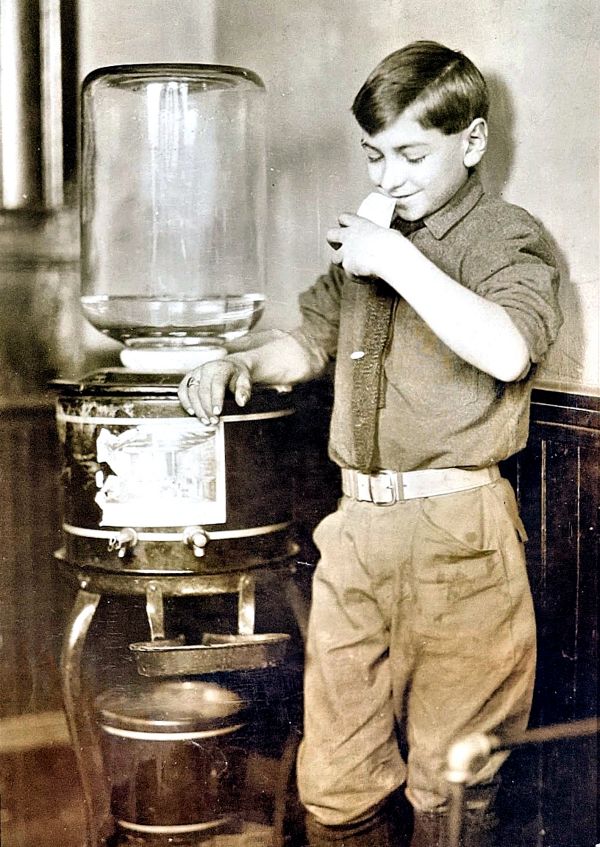
This is George Medley, the boy you see in the Ad. His father owned the Mock Orange Water Company.
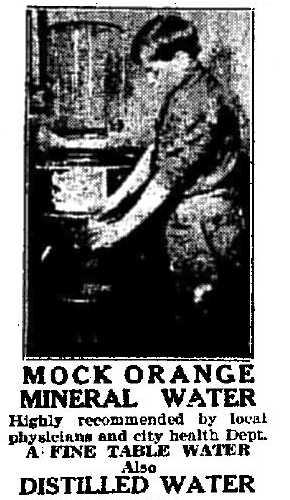
1925 In
my research of different topics over the years, I would continue to see
these ads for the Mock Orange Water Company. I spent hours trying
to locate an address for the company, but one was never published as
far as I can tell. This company became an obsession to me.
Typically the ads were more simple than the one above, but
included a phone number. Finally, looking through my maps from
1933, I discovered the exact location of the plant! To this day
I havent found out any more about the company other than what you see
here. I've been told however that the hillside was always wet
right up through the 50s and possibly even today.
|
 The map above and the image below show the location of the Mock Orange Water Company
|

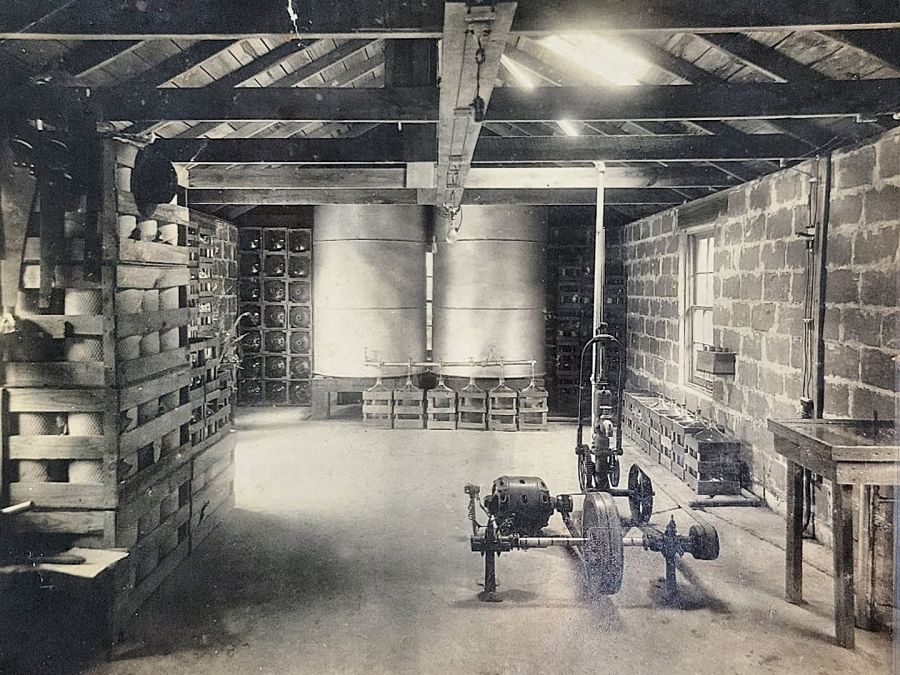
This is the Mock Orange Company water plant.
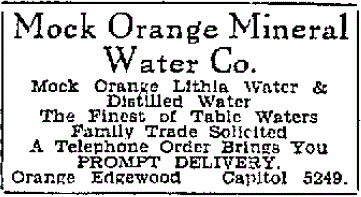 1928
Notice
in this ad (and others that I saw) it says "Orange Edgewood". I
have never determined exactly what that means. Was there a part
of Edgewood Called "Orange Edgewood" due to the Mock Orange trees?
|
LOOK AT THE TWO PHOTOS BELOW |
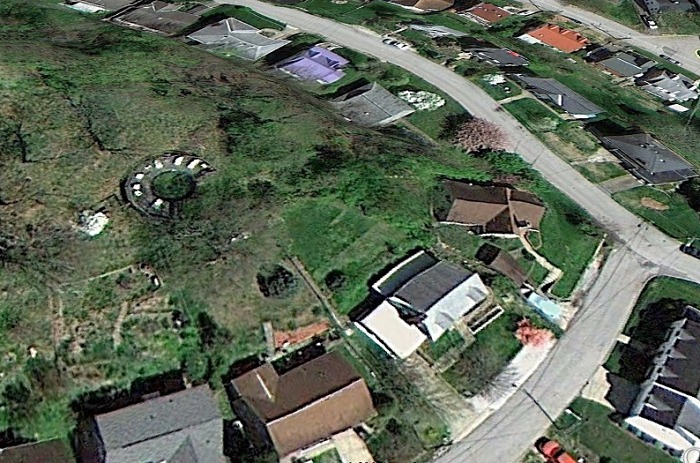
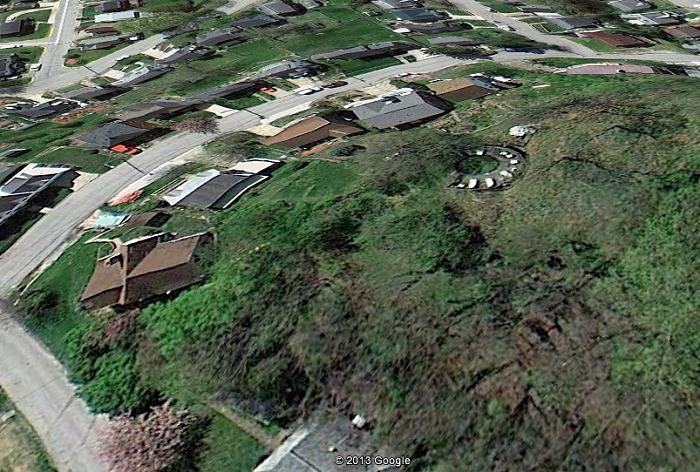 Both
photos show Park Ave and Vogel Drive. Notice the circular image
in the backyards of the houses. I've been told that it's a
swimming pool that was built in the 90s, by the owners of all this
property on Vogel Drive. It's also oddly located at the exact
spot where the Mock Orange Water Company got their water.
|
HERE IS INFORMATION THAT I HAVE GATHERED THAT SEEMS TO PUT THE PUZZLE TOGETHER
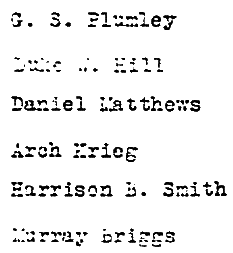
The above are the incorporators of the water company
during the Mock Orange Water Company period in 1922.
|
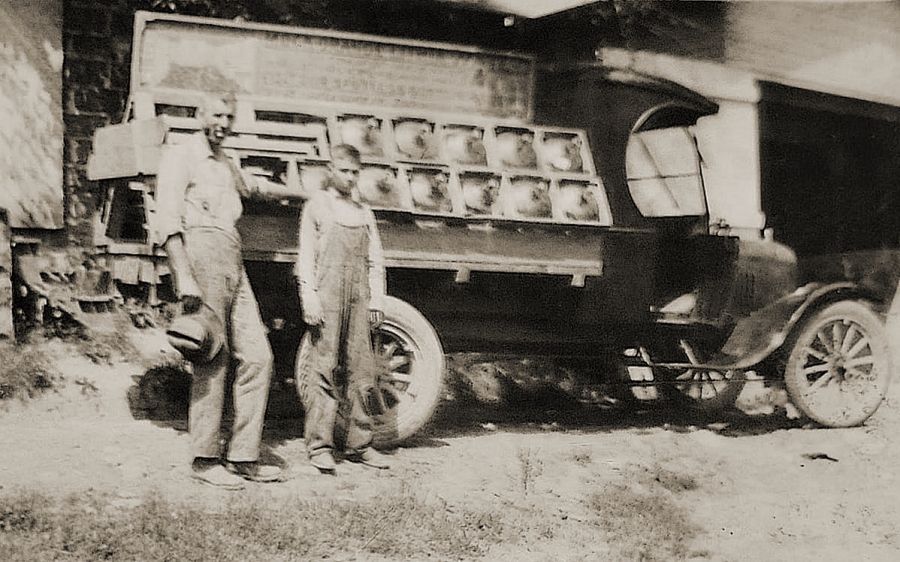 The Mock Orange Company truck.
The Mock Orange Company truck.

I
believe that the Mock Orange Water Company ended their service of
bottled water around 1928 or 1929. The ads for the Mock Orange
product ends at that time frame. I also think that the water
facility shown on the maps was too large to have been built in less
than one year. (the time frame of the two companies) They then decided to start their own water system
for the area, as they had an abundant supply of water that was much
cleaner than anything coming out of the Elk River. The notice
above shows their plans for supplying water to the surrounding area in
1929.
|
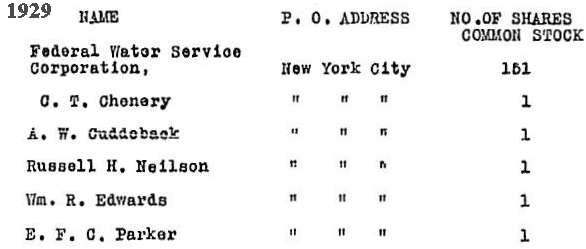
The above purchased the water company in 1929. and then dissolved it by 1931.
The reason? They also purchased the entire WV water company system at that time
and didnt need the competition from this little water company nipping at their heels.
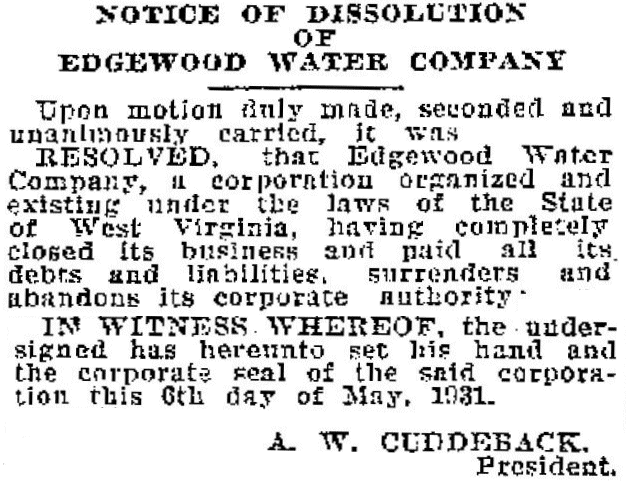
But
by 1931, the Edgewood Water Company was dissolved. As you see below, West Virginia Water Co took it over for
nothing, possibly due to outstanding debt and thereby incurring
that debt for the sale.
|

BUT THEN, THERE'S THIS.....
|
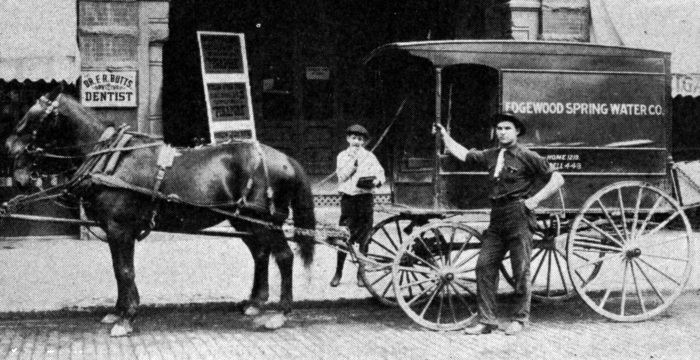 This
photo circa 1907 is possibly another part of the puzzle. Was this
the precursor to the Mock Orange Bottling Plant? How many
commercially Springs could there have been up on the hill that could
supply the amount of water necessary for a business? I personally
think just one. The Edgewood Spring Water Company does not appear
in any newspaper archives that I can find, but that doesnt mean
there's not an ad or article somewhere.
So here's my opinion:
1... The Spring started out as the Edgewood Spring Water Co. in the late 1800s or so.
2... The Mock Orange Water Co. used the Spring from the 20s to around 1929.
3...
The Edgewood Water Company was then formed to supply water by pipe to
the area from that spring, but quickly failed. The property was
sold and houses built on the land
|
 The largest Osage orange tree is located at River Farm,
in Alexandria, Virginia, and is believed to have been a gift from Thomas
Jefferson. Two other historic trees can be located on the grounds of
Fort Harrod, in Harrodsburg, Kentucky, and the American Horticultural
Society’s River Farm in Alexandria, Virginia.
The fruit is not poisonous and humans can generally eat it without ill
effects, but it is considered inedible due to the texture and taste,
which has been described as chemical-like. Exposure to frost improves
the flavor, which becomes cucumber-like.
Native American tribes for bow-making. The wood was highly prized for
this purpose, and natives were known to travel hundreds of miles to
acquire it.
The earliest account of the tree in the English language was given by
William Dunbar, a Scottish explorer, in his narrative of a journey made
in 1804 from St. Catherine's Landing on the Mississippi River to the
Ouachita River. It was a curiosity when Meriwether Lewis sent some slips
and cuttings to President Jefferson in March 1804. According to Lewis's
letter, the samples were donated by "Mr. Peter Choteau, who resided the
greater portion of his time for many years with the Osage Nation," they
didn't take, but later the thorny Osage orange tree was widely
naturalized throughout the U.S.
The Osage orange is commonly used as a tree row windbreak in prairie
states, which gives it one of its colloquial names, "hedge apple". It
was one of the primary trees used in President Franklin Delano
Roosevelt's "Great Plains Shelterbelt" WPA project, which was launched
in 1934 as an ambitious plan to modify weather and prevent soil erosion
in the Great Plains states. The heavy, close-grained yellow-orange wood
is very dense and is prized for tool handles, treenails, fence posts,
and other applications requiring a strong dimensionally stable wood that
withstands rot.
|
AND WHAT ABOUT ORANGE STREET?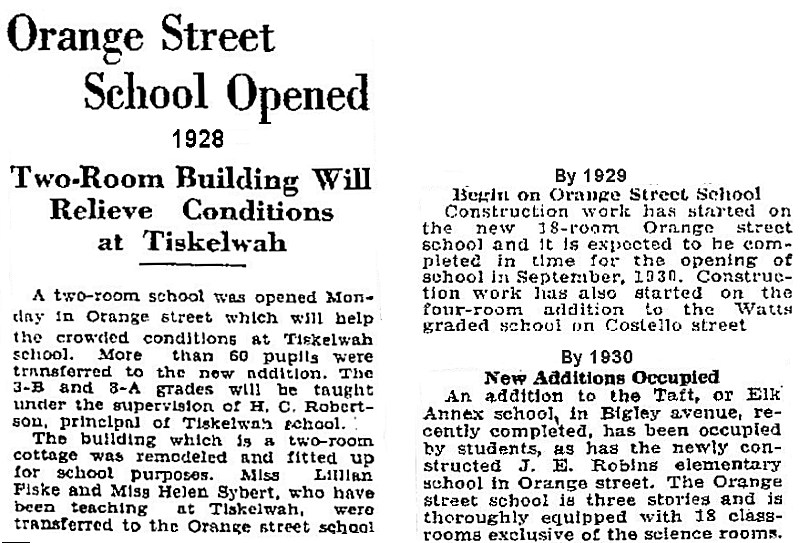
Orange
Street was West of Park Drive (Now Somerset Drive) and was
later connected to Beech Ave to become Beech all the way through.
So lets refresh: We have a water company straight up the
hill called the Mock Orange Water Company, and we have a street named
Orange Street. It's obvious that the entire hill was covered here
and there in Mock Orange trees. Were they part of the history
mentioned above, or did they grow there naturally? An ad
for P.E. Embler, who had worked for Charleston Cut Flower in 1924 and
left to start his own landscaping business, mentions the Mock Orange as
one of the plants he'd sell and plant for 75 cents. Did he plant
the trees? Maybe some, but most were already there it
seems. I doubt if anyone knows today. But it's obvious
the the thorny Mock Orange played an interesting part of history in
this part of Charleston, and I cant recall ever seeing it anywhere else
in town.
|
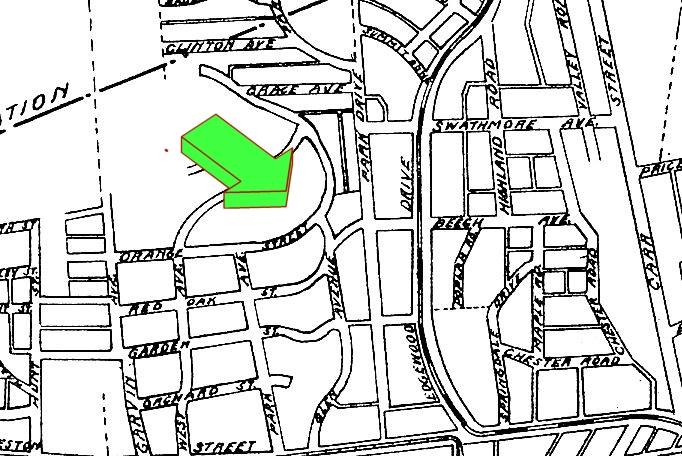 
Bottled
water obviously is nothing new. Here in Charleston, the water
company was often suffering from high bacteria count or other issues
where very dirty water would often arrive at your tap. Those that
could afford it bought bottled water, and Mock Orange had to be one of
the first bottled waters, and very popular in it's day. It was in
business under that name from approximately 1921 to the early 1930s.
|
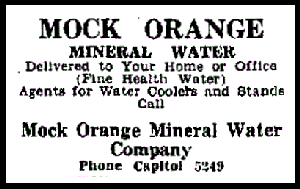 1927
Final Note: Larry Medley, the son of the boy seen at the top of this page said the following:
I found one or two
pictures of the interior of the plant plus a cut out of the newspaper
add that you posted. I also found some correspondence from
creditors threating to take legal action against my grandfather if he
did not pay some bills immediately. I wish I
had asked my dad more about their company but I am completely satisfied
that my grandfather owned Mock Orange Water Company sometime prior to
the depression. But the depression and my grandfather's drinking
put them out of business. Sad but my dad once told me that
right before the depression there was a bad drought and city water was
absolutely horrible tasting. Customers lined up at the house and
they would sell $100 a day. His exact words to me were "If pop
had just invested his money wisely we would have never had to work a
day in our lives." And my dad was not a man who was prone to
exaggeration.
The company was very lucrative but a combination of
factors put it out of business; beginning with the depression, a change
in the political landscape caused the loss of accounts at the State
House, and last but not least, his father Charles Clinton Medley
mismanaged the company.
|
Some photos courtesy of Larry Medley

|















